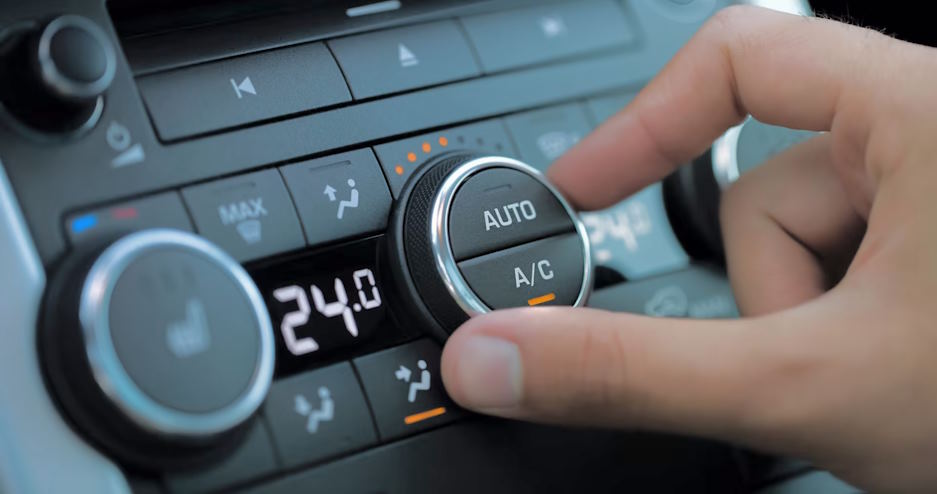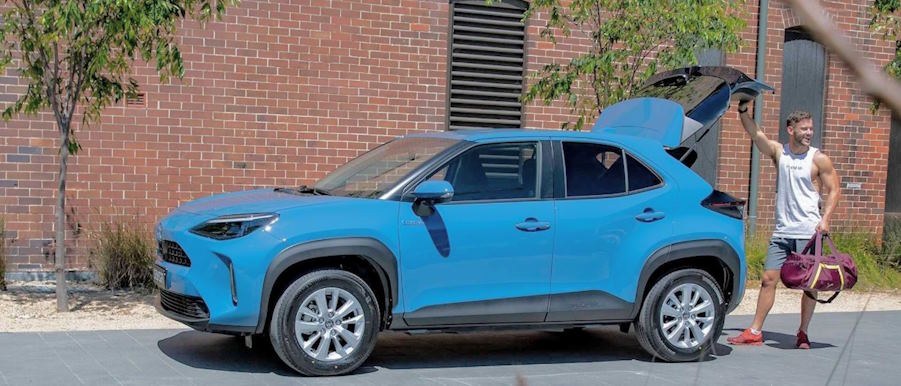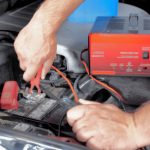Maintaining your car in the ever-changing Australian climate is more than just a matter of convenience; it’s a crucial aspect of ensuring your vehicle’s longevity and performance. With its wide range of climate zones, from the scorching deserts of the Outback to the tropical paradises of the northern coastlines, Australia presents unique challenges to car owners. Extremes of heat, intense sun, heavy rain, dust, and humidity can all take a toll on your beloved vehicle.
Protecting Your Car from the Sun
The scorching Australian sun can be harsh on your vehicle, affecting both its exterior and interior. Prolonged sun exposure can lead to fading paint, cracked dashboards, and even damage to your car’s mechanical components. To keep your vehicle in prime condition, here are some essential tips to protect it from the harmful effects of UV rays:
Park in the Shade or Use Car Covers:
One of the simplest ways to shield your car from the sun is by parking it in the shade whenever possible. Whether it’s under a tree, in a garage, or a shaded parking spot, this reduces the direct exposure to UV rays. If finding shade isn’t always an option, invest in a car cover to protect your vehicle from the sun’s rays.
Apply UV-Resistant Window Tint:
UV-resistant window tint not only provides privacy but also blocks harmful UV rays from entering the car. It reduces the interior temperature and shields your dashboard and upholstery from sun damage.
Regularly Wax and Seal the Paint:
Waxing and sealing your car’s paint act as a protective barrier against the sun’s UV rays. These products help maintain the paint’s integrity, preventing fading and cracking over time. Make it a part of your routine car care.

Off-Roading and Dusty Conditions
Off-roading in the vast and rugged Australian outback is an exhilarating adventure, but it can take a toll on your vehicle. Dusty conditions and challenging terrains can significantly impact your car’s performance and longevity. Here’s what you need to know about off-roading and some maintenance tips to keep your vehicle running smoothly in these conditions.
Explore how off-roading and dusty conditions can affect a car’s performance:
When you venture off the beaten path, your vehicle faces a barrage of challenges. Dust and debris can infiltrate critical components, affecting your car’s performance and longevity. Suspension systems can get strained, and exposure to dust and dirt may cause engine issues. Over time, neglecting these factors can lead to costly repairs.
Maintenance tips for those who frequently drive in these environments:
- Checking and Cleaning Air Filters:
Dusty conditions can clog your air filters, reducing airflow to the engine. Regularly inspect and clean or replace your air filters to ensure your engine breathes freely.
- Protecting the Undercarriage and Exposed Components:
Invest in undercarriage protection, such as skid plates and guards. These safeguard critical components like the transmission and oil pan from rocks and debris.
- Regular Suspension and Chassis Inspections:
Dust and rough terrain can strain your suspension and chassis. Periodically inspect these parts for damage, wear, or misalignment. Swift repairs can prevent more extensive issues.

Dealing with Humidity and Corrosion
High humidity and coastal areas in Australia provide breathtaking views and pleasant weather, but they also bring unique challenges to car owners. The combination of moisture-laden air and saltwater exposure can lead to corrosion and humidity-related damage. Here’s how to protect your vehicle in these conditions:
Challenges Posed by High Humidity and Coastal Areas:
Humidity can accelerate the corrosion process, particularly in coastal areas where saltwater is a constant presence. The salty, humid air can cause rust to form on your car’s metal surfaces, affecting not only its appearance but also its structural integrity.
Tips for Preventing Corrosion and Humidity-Related Damage:
- Regularly Washing and Waxing the Car:
Washing your car regularly helps remove salt and other corrosive elements. Waxing your vehicle provides a protective layer that acts as a barrier against moisture, keeping your car’s paint and metal surfaces in good condition.
- Using Rust-Resistant Coatings:
Consider applying rust-resistant coatings to critical components, such as the undercarriage, to create an extra layer of protection against salt and moisture.
- Keeping the Interior Dry:
Moisture can be just as damaging to the interior of your car as it is to the exterior. Use moisture-absorbing products like desiccant bags and ensure proper ventilation to prevent mold and mildew growth inside your vehicle.
















